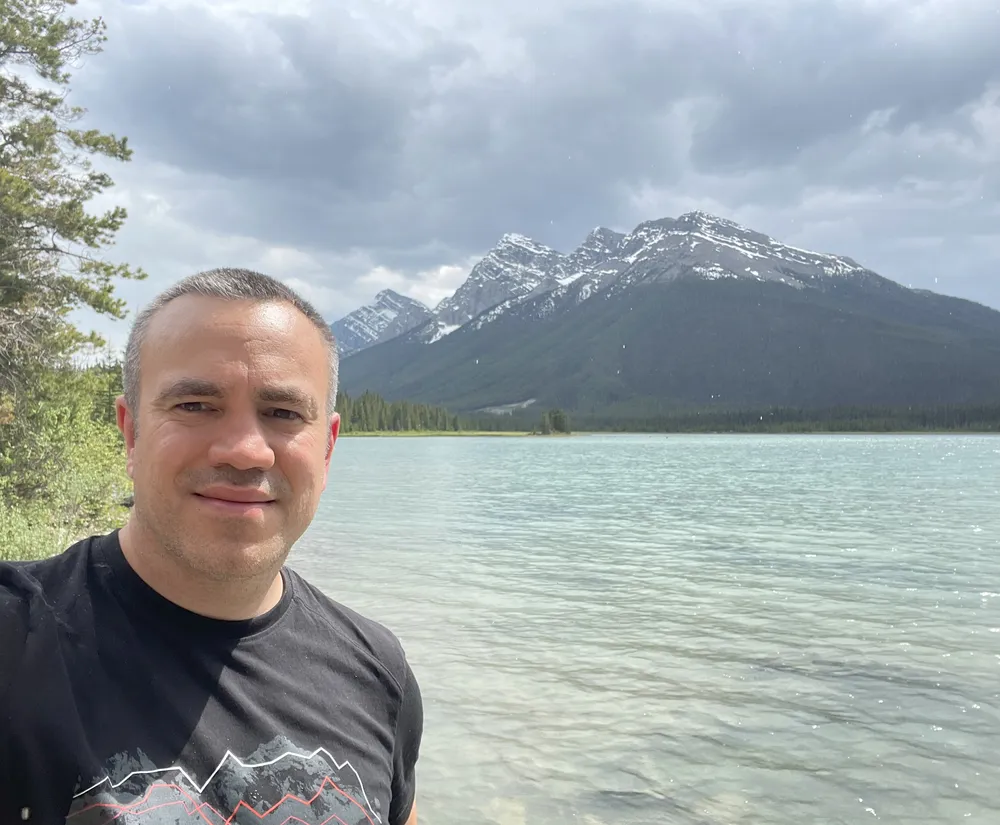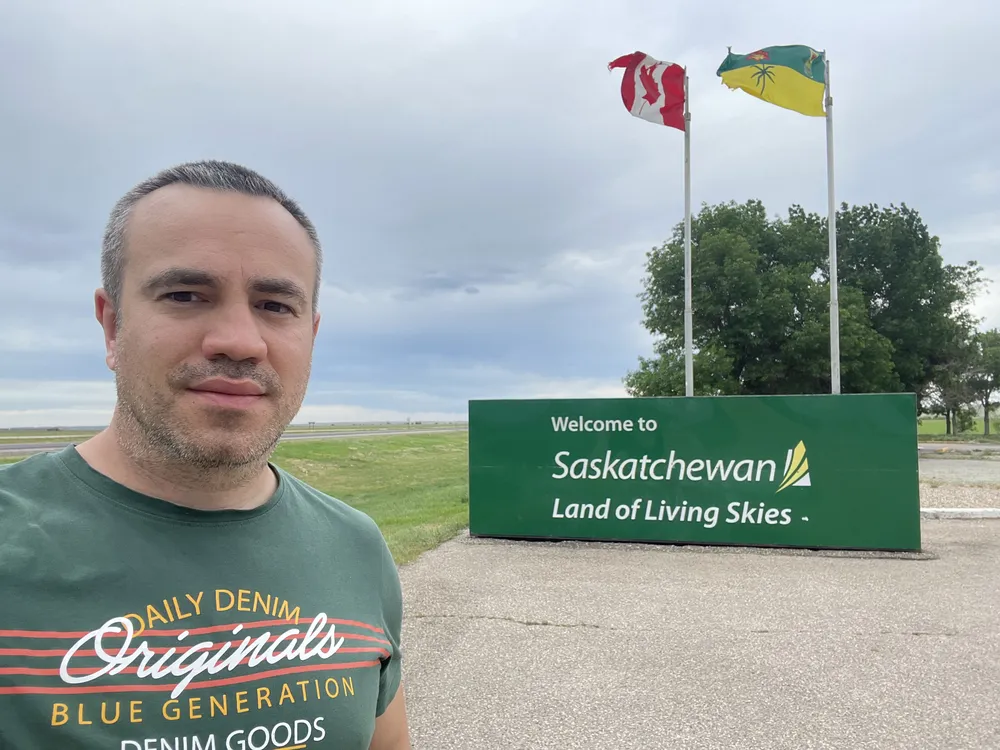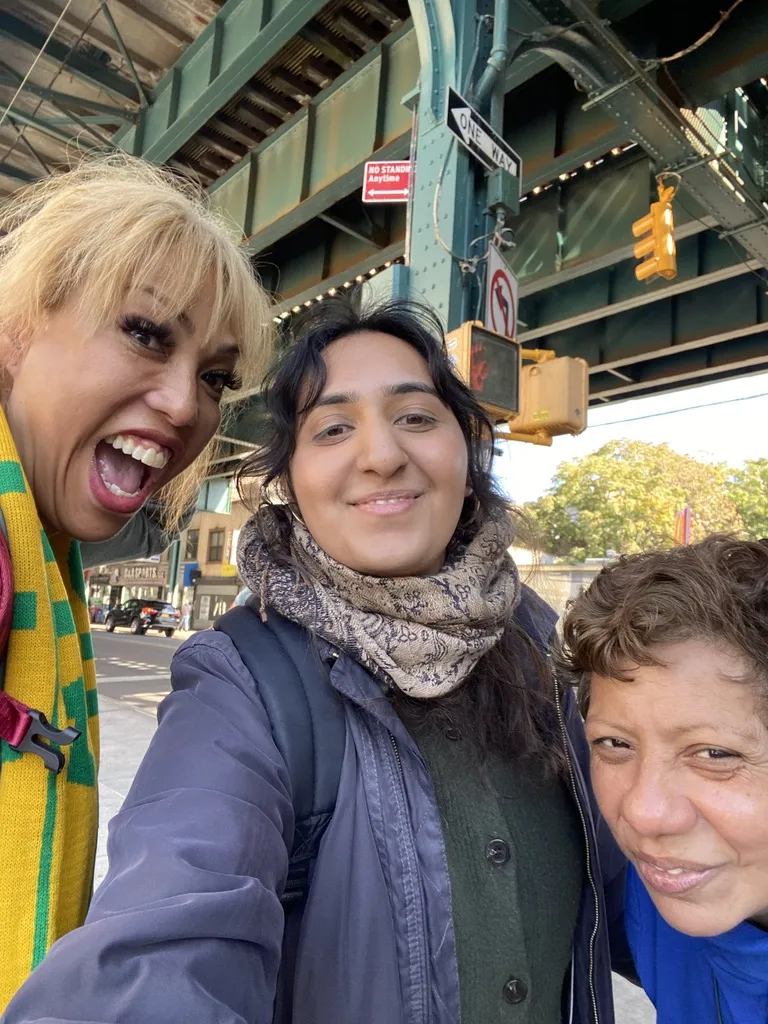As someone working on labour migration policy in the UK, I wanted to understand what lessons we might learn from Canada’s Rural and Northern Immigration Pilot (RNIP) – and how it’s working in practice on the ground.
Over five weeks, I visited six RNIP communities across four Canadian provinces, meeting with settlement services, federal government agencies, and migrants who had settled in Canada using the route. It was an incredible experience – meeting communities in person meant I could form genuine connections and build relationships with the people I spoke to, while lending my research a sense of authenticity thanks to the individuals who very kindly gave up their time to help.
It also gave me a strong sense of place: seeing what participating communities looked and felt like, how they compared and contrasted, how easy they were to reach and navigate, and witnessing first-hand the challenges they faced and were seeking to address made it all the more tangible.
Natalia, from Colombia, had been studying in nearby Winnipeg and was looking at ways to settle in Canada permanently. Mohammad, originally from Syria, had been living in the United Arab Emirates before seeking fresh challenges in a new country.
“I’m very glad to be in Brandon,” Mohammad told me. “Life in Dubai was fine, but it wasn’t somewhere I wanted to live in the long-term. I hadn’t considered Canada before I saw the job vacancy, but it’s been very welcoming and the residency process has been quick and clear. Now, I’m very glad to be here.”











